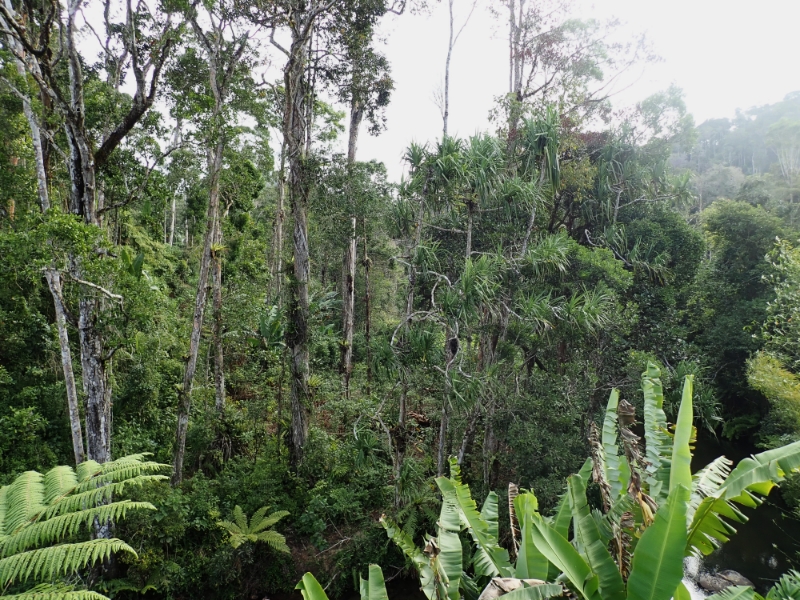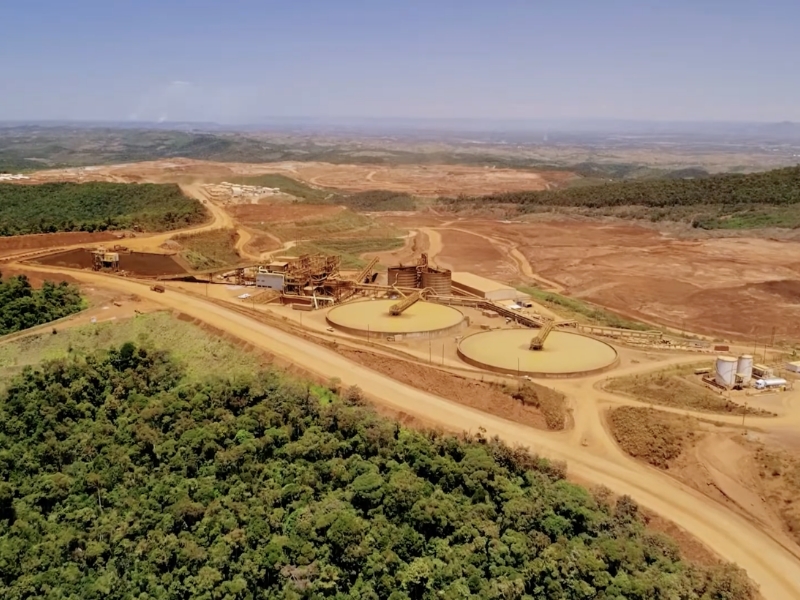Mining in Madagascar
Side effects of ecological compensation
Researchers from the Centre for Development and Environment (CDE) at the University of Bern have studied the impact of mining in Madagascar and concluded that the effects of the largest mine are much greater than previously thought.

Global demand for resources is growing rapidly. Between 1970 and 2017, global resource extraction more than tripled. A recent study puts the extent of active open-cast mining at more than 65 500 square kilometres. Around ten per cent of this overlaps with protected areas. As many renewable energy technologies such as wind and solar require copper, cobalt, nickel and lithium, the energy transition will accelerate this trend.
Africa at the centre of the mining industry
Africa holds almost two-thirds of the world's estimated mineral reserves. As a result, the continent is increasingly at the centre of the mining industry. Although Madagascar's mineral resources are still largely unexploited, the country plays an important role in the global production of cobalt, ilmenite, mica, nickel and zircon. Ambatovy, for example, operates one of the world's largest nickel and cobalt mines in Madagascar. Commissioned in 2012, it is located in the middle of a biodiverse rainforest and close to two national parks.

To compensate for the deforestation caused by the mine's construction, Ambatovy has selected four nature reserves, some of which already existed, and is operating one of them itself. In 2022, a scientific study that examined this measure in terms of avoiding net forest loss came to the conclusion that the company's compensation measures were "on the right track to prevent as much deforestation as the mine causes".
Forest degradation was underestimated
But it is worth taking a closer look. In the two most important of the four compensation areas and their surroundings, CDE researchers have analysed not only the change in forest area, but also the condition of the forest since the mine started operating. Sandra Eckert, an expert in remote sensing and spatial data analysis at CDE, says: "Forest degradation is also an important driver of carbon emissions and biodiversity loss. However, its role is still largely neglected and not included in assessments".
"The decline in the condition [of the forest], or forest degradation, is also a significant contributor to carbon emissions and biodiversity loss."
– Sandra Eckert
The CDE researchers used the latest cloud-based technologies and algorithms to analyse historical images from NASA Earth observation satellites in order to trace the various impacts in spatial and temporal detail. This different perspective on the mining company's nature conservation compensations sheds light on the matter in a new way. "Our findings show that Ambatovy's nature conservation areas have significantly reduced deforestation in these forests, and that forest degradation within these areas is also declining," explains Sandra Eckert. "But we also show that this protection leads to more deforestation and forest degradation outside these areas – and a lot more than was compensated for."
Agriculture and population growth require land area
The reason for this development are so-called spillover effects: With the mine and the compensation areas, the land and forest areas to which the local communities still have access have shrunk. Subsistence farmers were forced to relocate and shift their rice production – often at the expense of unprotected, small forests in the surrounding area. In addition, mining operations attracted many people in search of income opportunities and led to population growth in the surrounding area.
"Ambatovy has obviously underestimated these effects," says Sandra Eckert. It is therefore important that the approach and political mechanisms for compensating biodiversity loss become more holistic.
About the person

Sandra Eckert
is a lecturer and researcher at the CDE and the Institute of Geography at the University of Bern.